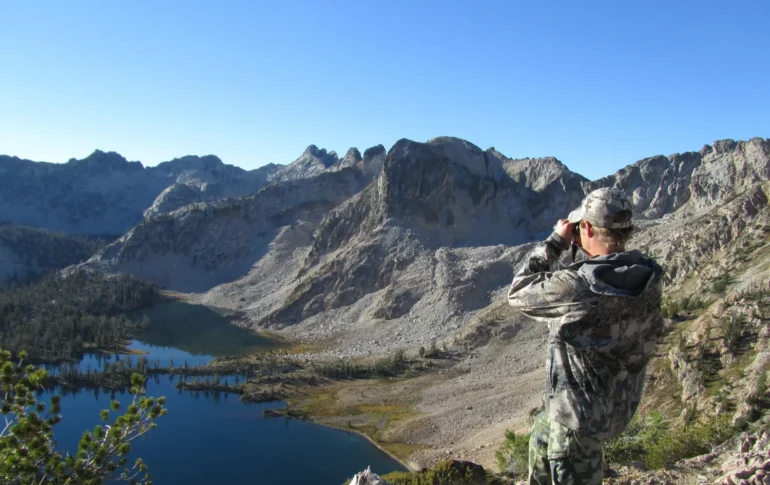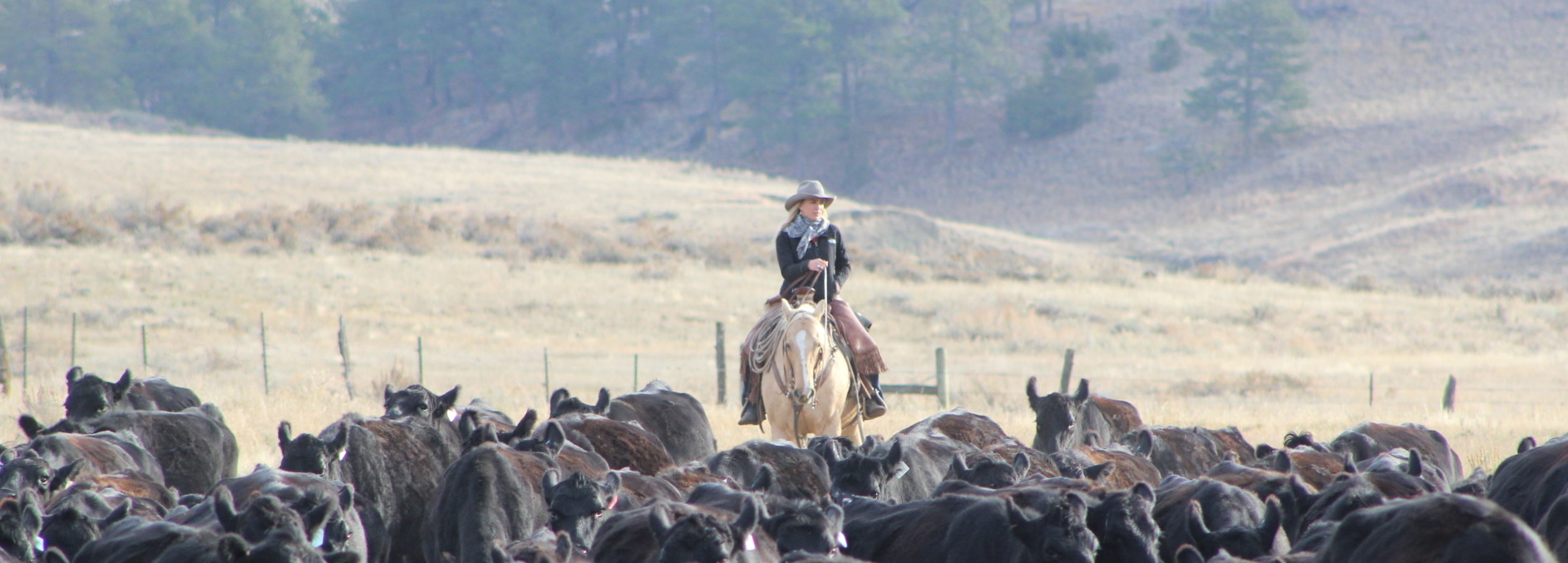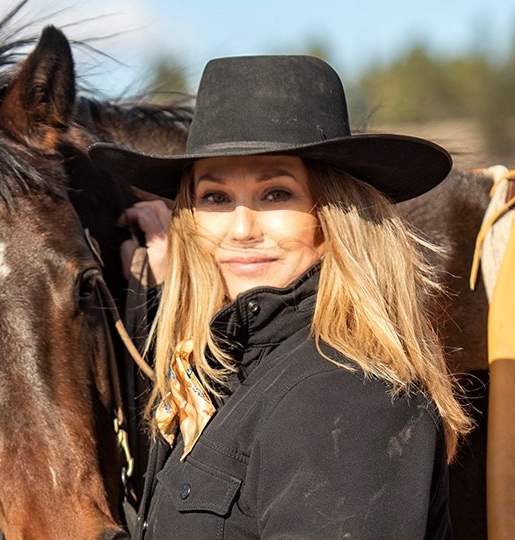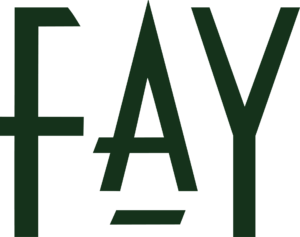Ranching Lifestyle and Sustainability in Today’s Beef Industry
By Kebi Smith, Fay Ranches Agent
In the last couple of decades, cattle operators started looking beyond the norm of selling calves at weaning in the fall and began searching for opportunities for value–added profit in retained ownership of calves. Retained ownership can increase flexibility in marketing and add value not only to the calf but to feed base, labor, capital, and lead to improved genetics and increased diversification.
In the 1990s, our family ranch was struggling with shortages in our cash flow. We ran a cow/calf operation, traditionally selling our calves in the fall and farming approximately 1,000 acres of winter wheat. With the profitability of raising wheat in eastern Montana diminished by marginal yields, poor commodity prices, and rising freight costs, we subsequently planted our wheat acreage into hay ground, increasing the feed base for our cow herd. We decided to retain ownership of our calves through the fall and winter by feeding them in a background lot at home. The retained ownership addressed a feed base overage and a need to add value to our operation. By feeding the calves ourselves, we added an additional 1,000 pounds to our calves and eliminated several commission fees.
Our decision to background our calves at a feedlot at home was based on our access to labor (family), excess feed base, and increasing our gross revenue in the end. We found weaning our calves at home vs. in a commercial feedlot gave the calves a quicker start and reduced the amount of sickness and death loss due to decreased stress on the calves. The calves are weaned in three separate groups at different times and are carefully monitored the first two weeks following weaning to minimize any health risks. Our feed is sent off for testing and then to a nutritionist for rations for optimal daily weight gain and health. Our calves are held in our background feedlot for six months, after which the heavy calves are sorted and sent to a finishing commercial feed yard, and the lighter calves are pastured until fall, then sent off to the finishing feedlot.
For finishing out cattle, we partnered with a commercial feed yard, Winner Circle, which gave us access to a bigger buyer pool, efficient gains, consulting nutritionists, and market specialists. The feed yard offered risk mitigation programs such as shared ownership in the cattle and feed, a financing program for feed, and profit–sharing. Three different pricing methods are available when the feeders were ready to market: live, by carcass, or dressed weight. In most instances, our cattle were sold live to the packing plants, and a price was negotiated by feed yard management for the best possible return. Having two different groups of cattle coming out of the finishing lot at different intervals gave us more marketing options and allowed us to adapt to changing market conditions. Carcass data is collected from the packers and provided to us with grid results such as yield grade (“cutability,” usually measured by ribeye fat thickness on 12th rib) quality grade (marbling and external fat), dressing percentage (percent of carcass weight vs. live weight) and other possible discounts. We study the carcass data and use the information for improving our genetics when selecting herd bulls. Ultimately, our goal is to provide the highest quality beef possible for the consumer.
When contemplating retained ownership, it is crucial to evaluate the tax implications and cash flow—making the switch from marketing calves in the fall to retained ownership changes input costs and cash outflow. Commercial feed yards do offer financing at the time the cattle are placed in the feed yards to aid in cash flow problems.
While retained ownership in cattle doesn’t fit all beef cattle operations, it can offer the cattle producer opportunities for diversification and marketing flexibility. The transition to retained ownership was a good fit for our family ranch and helped us utilize our excess feed base, add value to our calf crop, and increase cash flow. You may find that retained ownership will help you maximize the profit in your own cattle operation.

Alaskan Gold Mine Acquisition: How to Buy and What to Expect
Owning a gold mine is undeniably alluring. When you add the grandeur of Alaska, the promise of striking it rich, and the influence of reality shows featuring determined gold miners, the prospect becomes even more enticing. Adventurers and dreamers alike are drawn to the wild and untamed corners of Alaska, hoping to uncover treasures buried […]

Archery Elk Hunting: Secrets to Success
As the late summer sun radiates down upon your face with penetrating strength, as if the sun is not yet ready to yield its power to the inevitable autumn, a cool mountain breeze descends from the high country delivering with it a brief moment of reprieve as it rattles the now yellow leaves of the […]





